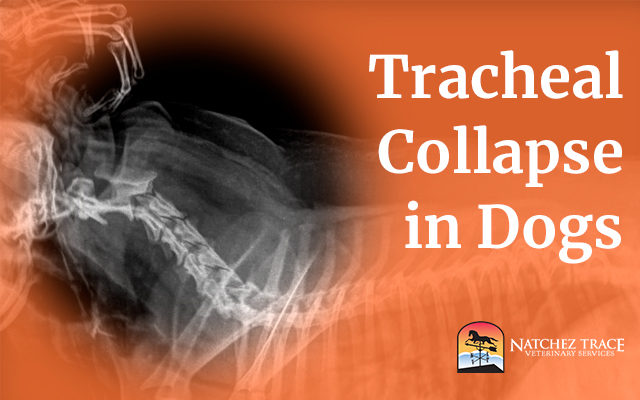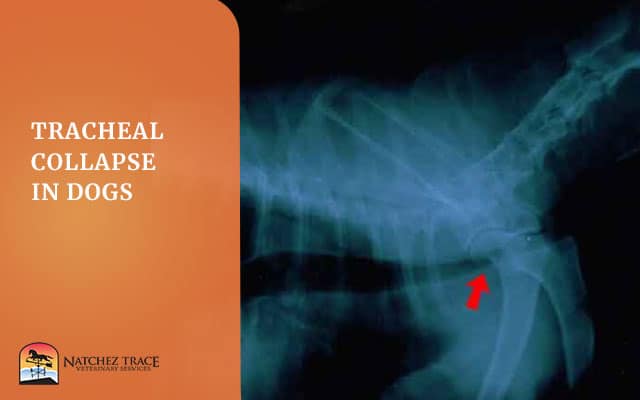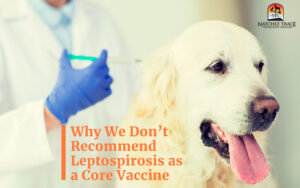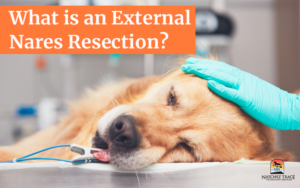It’s quite scary when your dog starts coughing and can’t stop. The cough gets louder and louder, and it seems like your dog can’t breathe.
You watch, helpless, not knowing what to do. You take your dog to the vet and get a diagnosis of tracheal collapse. What does this mean?
Diagnosing Tracheal Collapse
The diagnosis of tracheal collapse in dogs is straightforward, and usually done via x-ray.
As you can see from the radiograph below, the red arrow points to the collapsing area.
The collapsing trachea makes it difficult for dogs to move enough air to feel comfortable.
Collapsed trachea is a common cause of airway obstruction in dogs and occurs when the tracheal rings begin to collapse.
This is usually either a congenital anomaly or an effect of aging and weakening tissues.
The breeds most prone to tracheal collapse are Yorkshire terriers, Pomeranians, Poodles, Pugs, and Chihuahuas. Other risk factors include middle-aged dogs, overweight dogs, and dogs living in a smoking household.
The Terrible “Honking” Cough
A characteristic ” honking ” cough occurs when air is squeezed through a collapsed trachea, a distinctive “honking” cough occurs.
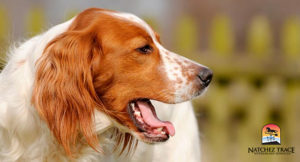
It is a persistent, harsh, and dry cough, sometimes described as a “goose-honking” cough.
The coughing may progress to a wheezing noise when breathing in, or in severe cases, difficulty breathing, gums or tongue turning blue, or fainting.
Unfortunately, there is no cure for tracheal collapse. However, ongoing medical management can improve your dog’s clinical signs and quality of life. The condition can worsen over time. And, in severe cases, it could become a respiratory emergency requiring surgical intervention.
If you want to see an example of tracheal collapse in dogs, look no further. This video shows a great example. Listen to the noise!
Treating Tracheal Collapse
Tracheal collapse is often treated with bronchodilators, corticosteroids, cough suppressants, and/or antibiotics.
My clinic offers a special protocol herbs, supplements, and alternative treatments. Everything is natural and benefits the dog overall.
There are also some things you can do at home to help, like:
- Make sure your dog is at a healthy weight
- Switch from a collar to a harness
- Keeping your dog away from smoke
- Keeping your dog away from environmental pollutants, toxins, and allergens
- Change your air filters frequently
Surgery is recommended if this type of management fails or if severe signs or symptoms arise.
The current treatment of choice is the application of prosthetic rings to the outside of the trachea.
The overall success rate of this type of surgery is approximately 75-85%.

